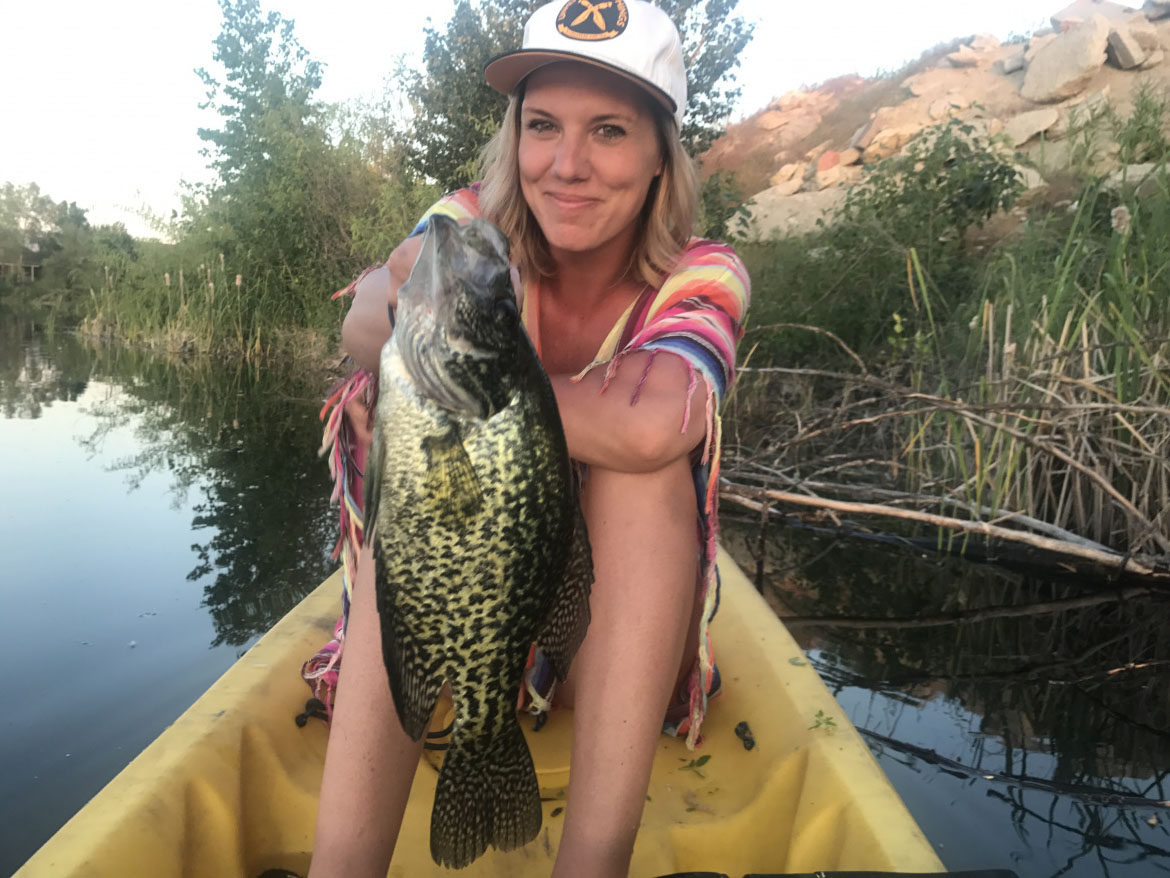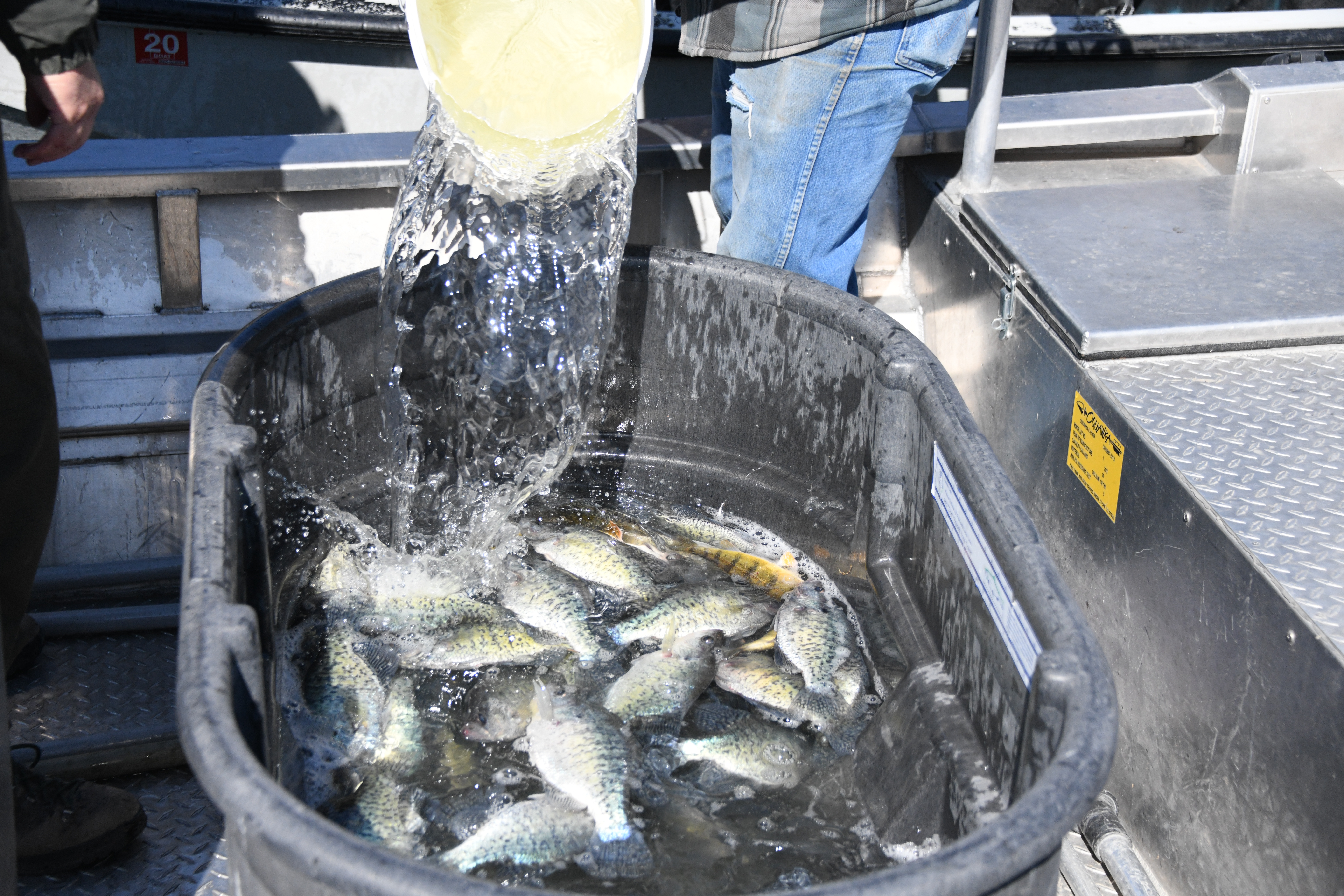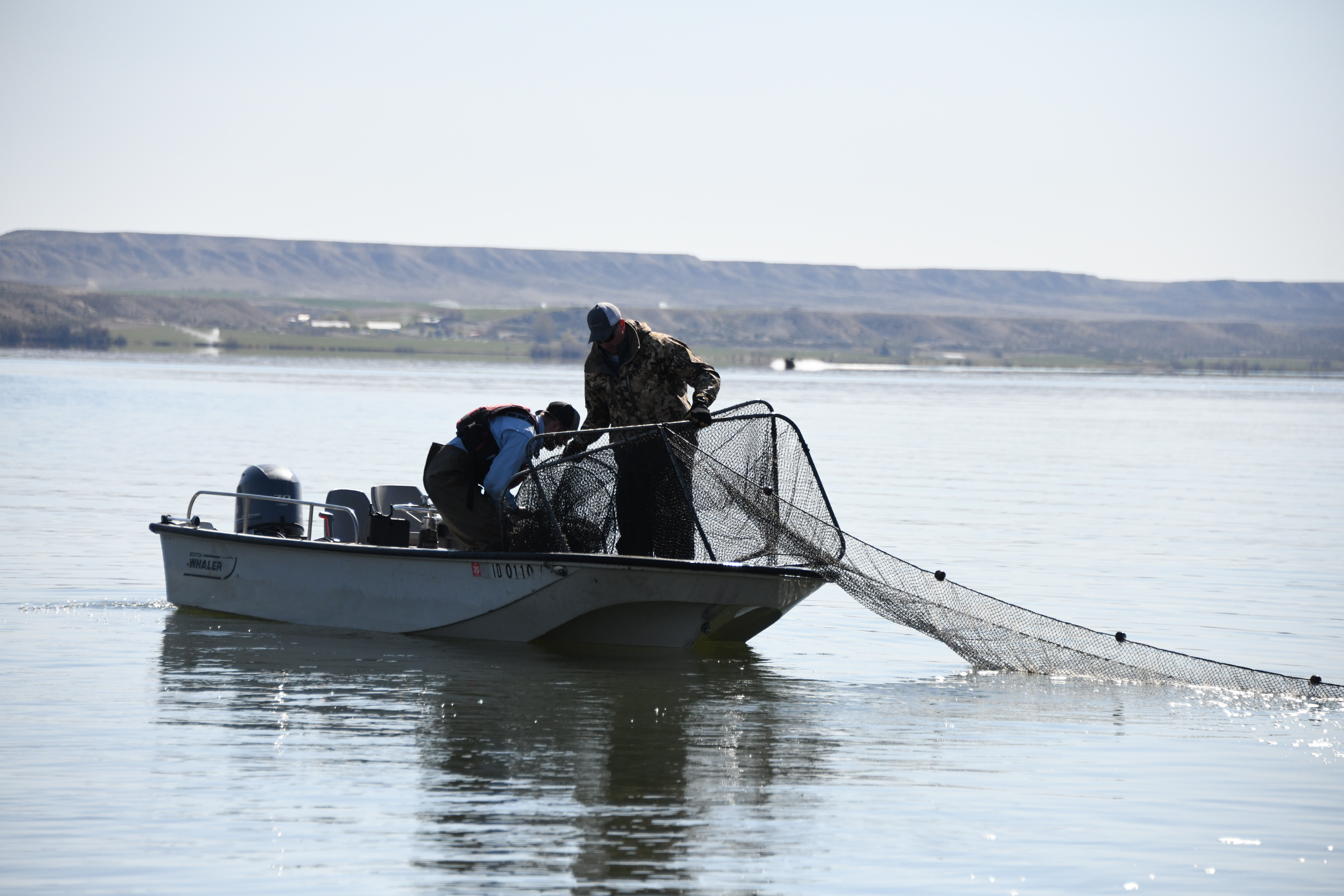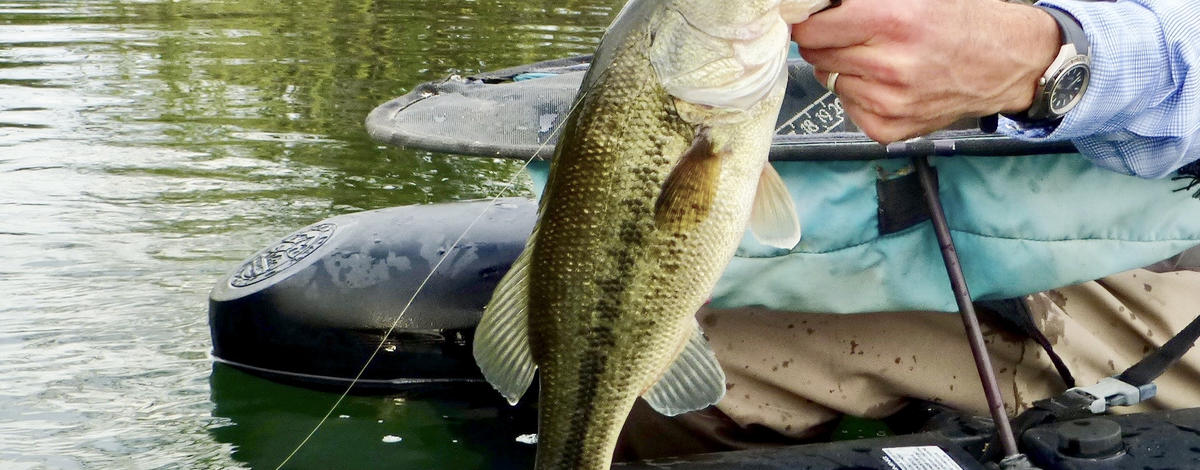Idaho is famous for its fishing, and the spotlight often shines brightest on its trout, steelhead and salmon fisheries. While trout are consistently ranked as Idaho’s favorite gamefish, angler surveys have long shown that bass rank as a close second. That’s not surprising considering Idaho has abundant and excellent warmwater fish populations, including some world-class fisheries for warmwater anglers.

“That’s no accident, in fact, if it wasn’t for Idaho Fish and Game’s management dating back decades, many of these fisheries wouldn’t exist at all,” Fish and Game’s State Fisheries Manager Joe Kozfkay said.
Idaho’s native sport fish are mostly coldwater species that mostly consist of trout and other salmonids. But as early as the late 1800s, people started transplanting nonnative fish into Idaho. Some have turned into overpopulated and unwanted pests, such as carp, while smallmouth and largemouth bass, perch, crappie, bluegill, catfish and others have become valued by hundreds of thousands of anglers.
“Fish and Game fisheries managers continue to provide fishing opportunities for these popular species by keeping populations healthy in places where anglers can enjoy them, while also working to minimize conflicts with other fish species,” Kozfkay said.

Managed to succeed
While often lumped together as “warmwater” species, Idaho actually has a variety of warmwater and cool-water species that thrive in different bodies of water and under different water conditions. For example, low-elevation ponds and small reservoirs in Southern Idaho might be well suited for growing largemouth bass, which can tolerate warm temperatures. But their close cousins, smallmouth bass, tend to fare better in cooler waters, such as the Snake River and large reservoirs where they can avoid tepid summer temperatures.
Crappie and perch are other examples. Some of Idaho’s finest perch fisheries, such as Lake Cascade, take place in fairly cool water, and the best fishing often occurs during winter when anglers are ice fishing, while crappie tend to prefer slightly warmer water and are targeted by anglers during spring and summer.
But regardless of what water conditions they prefer, something they share is amazing fecundity, which means the amount of offspring they are capable of producing. For example, an average female trout weighing 1 to 2 pounds might produce roughly 1,000 to 2,000 eggs, but a similar-sized largemouth bass can produce 10 times as many eggs, and a single female crappie can produce from 10,000 to more than 150,000 eggs, depending on size and age.

That means a relatively small number of warmwater fish can easily replenish a population, and these species can withstand lots of harvest. That means in many cases, fisheries managers can allow liberal harvest so anglers can enjoy the bounty and take lots of fish home to eat.
In most waters that have warmwater fish, Fish and Game also doesn’t have to constantly restock fish like it does when stocking millions of catchable trout annually where trout don’t naturally reproduce.
So why aren’t they always plentiful?
While warmwater fish tend to be prolific, other factors regulate them, and their populations tend to be cyclical. When conditions favor reproduction, a strong “year class” of fish can be produced, and anglers can enjoy amazing fishing for several years. Big populations of crappie and perch are common examples where good conditions in one year can produce a bloom of fish. These fish will thrive for several years, and populations seem nearly inexhaustible, then dip in following years before rebounding again.
Part of that cycle is due to changes in water conditions between years that drive spawning success and food availability. While many lakes are very productive, they don’t have unlimited food available for fish, so there’s always competition between fish species, or year classes of the same species, so one may flourish at the expense of others. This also means you might have years with lots of smaller fish, or fewer bigger fish, and then that situation reverses.
Understanding how it all works together
Fish and Game biologists are constantly seeking answers to what drives fish populations, and they try to learn what they can do to manage those populations to benefit anglers, but it’s a tricky balancing act. Some anglers may prefer one species over another, while others may want the opposite. Many times, warmwater fish populations are driven by environmental factors that are beyond the fisheries managers’ control, so they’re limited on what they can do to meet anglers’ demands or preferences.
To make matters even more complex, what works in one body of water may not work in another. So Fish and Game biologists are constantly working to improve fishing and meet anglers’ desires and expectations with the limited tools at their disposal.

Probably the simplest method is transplanting fish from an abundant population from one body of water to another. But this isn’t done without a lot of thought because biologists don’t want to create problems.
The decisions are not based on a judgment call whether a particular fish species “good” or “bad,” it’s a question of whether it’s the correct species for that body of water. That’s one reason why it’s illegal for anglers to transplant fish within Idaho, or even transport live fish in a boat well or cooler after they leave the body of water where the fish were caught.
Biologists are also careful when they transplant fish to reduce the chances of spreading disease, or other undesirable aquatic species like invasive aquatic plants like milfoil, or New Zealand mud snails.
Another management method is biologists can manipulate populations in a body of water through fishing regulations by increasing or decreasing the harvest limits of certain fish to change the local fish population. That can include size restrictions that allow fish to grow larger, or removing or adjusting bag limits on a certain species to lower their population and allow another species to increase.
In some cases, typically small bodies of water, Fish and Game crews might remove all the fish and start over. This could be a case where someone illegally transplanted fish in a body of water that is ill-suited for that species, and the fish outcompete others, but don't grow to a size anglers can use.
The only constant is change
It’s cliché, but it’s true. Nearly all waters are constantly changing in subtle and dramatic ways, and so do the fish populations within them. Conditions are rarely exactly alike in back-to-back years, and almost never for multiple years straight. Idaho waters see hot and cold temperatures, and extremes of either can cause die offs. There can be years of abundant water, years of drought, and nearly everything in between. Fish populations tend to reflect those variations with boom-and-bust cycles.
With all that in mind, anglers should enjoy the good years, have some patience during the lean ones, and know that although many warmwater populations are self reproducing, Fish and Game biologists are still actively managing them and doing their best to maximize and improve warmwater angling opportunities.
Learn more about how Fish and Game manages warmwater fish.

